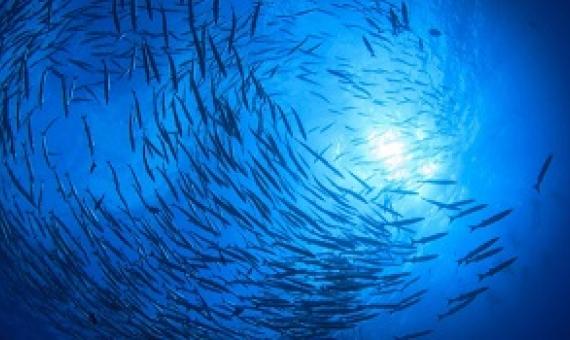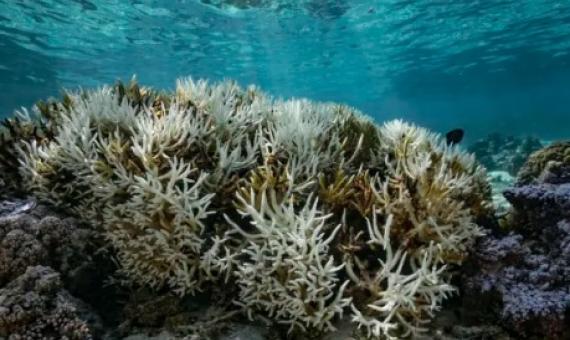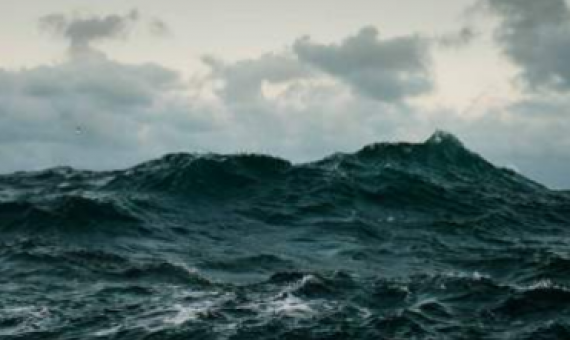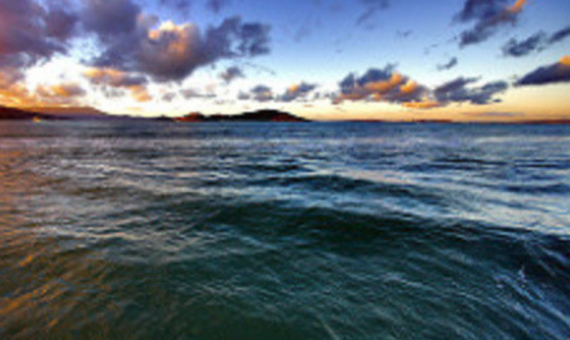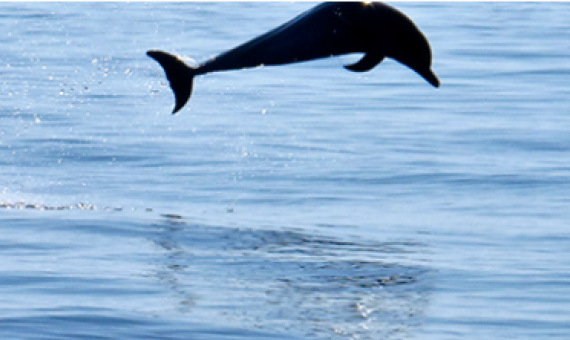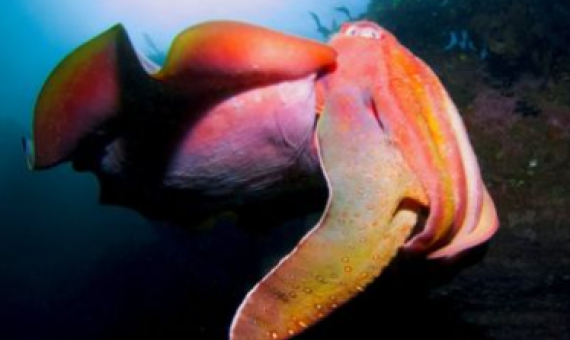Often considered desolate, remote, unalterable places, the high seas are, in fact, hotbeds of activity for both people and wildlife.
In March 2020, governments will meet in New York to try to complete a UN treaty to ensure “conservation and sustainable use of marine biodiversity of areas beyond national jurisdiction”.
Agreeing to disagree on what we have or have not agreed on: The current state of play of the BBNJ negotiations on the status of marine genetic resources in areas beyond national jurisdiction
United Nations General Assembly Resolution 69/292 has committed States to develop an international legally binding instrument under the 1982 United Nations Convention on the Law of the Sea on the conservation and sustainable use of marine biological diversity of areas beyond national jurisdiction (BBNJ). The instrument must address a ‘package deal’ including questions relating to access and benefit sharing in relation to marine genetic resources (‘MGRs’) in areas beyond national jurisdiction (‘ABNJ’).
Ecological connectivity between the areas beyond national jurisdiction and coastal waters: Safeguarding interests of coastal communities in developing countries
The UN General Assembly has made a unanimous decision to start negotiations to establish an international, legally-binding instrument for the conservation and sustainable use of marine biological diversity within Areas Beyond National Jurisdiction (ABNJ). However, there has of yet been little discussion on the importance of this move to the ecosystem services provided by coastal zones in their downstream zone of influence.
How MPAs Safeguard the High Seas
The high seas begin 200 nautical miles from coastal shores, beyond the jurisdiction of any country. Their vast expanse and distance from shore pose challenges for exploration and knowledge gathering. However, scientific expeditions in recent years have revealed that these areas, which make up nearly two-thirds of the world’s ocean, harbor an incredible array of species that provide essential services for life on Earth.
Addressing the third CARICOM workshop on the Conservation and Sustainable Use of Marine Biological Diversity of Areas Beyond National Jurisdiction, the island's Deputy Permanent Representative to the United Nations, Juliette Babb-Riley, noted “we are negotiating a treaty with over 100 developed a
This research found that coastal regions of some least-developed countries (LDCs) are connected to areas beyond national jurisdiction (ABNJ) through larval dispersal and the potential dispersal of pollutants. Click on the link below to read the full article.
The first session of the Intergovernmental Conference on an international legally binding instrument under the UNCLOS on BBNJ discussed marine genetic resources; environmental impact assessments; area-based management tools, including marine protected areas; and capacity building and marine techn
The first significant steps towards legally protecting the high seas are to take place at the UN in New York. Click on the link below to read the full article.

